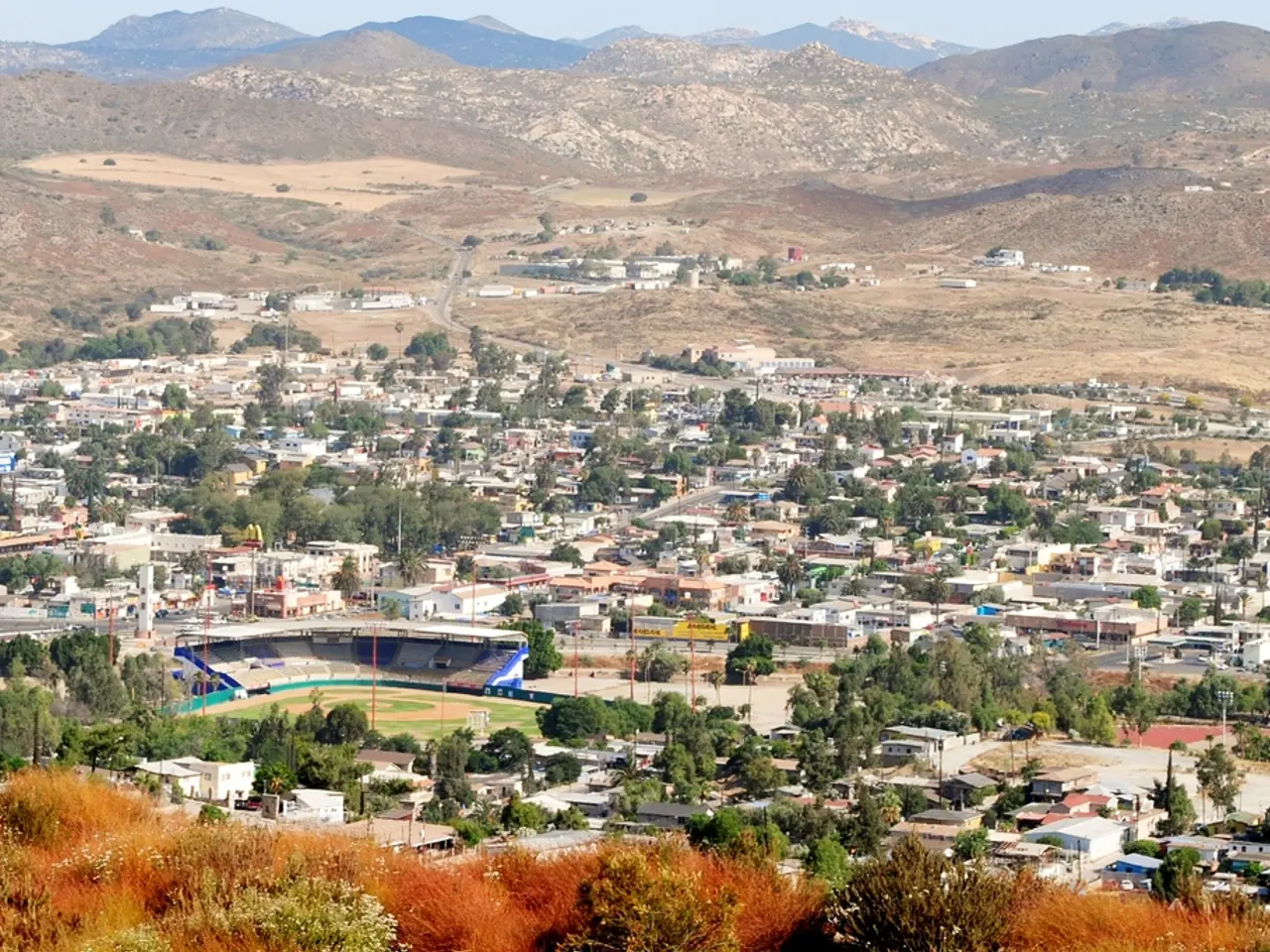House Representation Originally Meant to Be Close to the People; Redistricting Risks Undermining This Connection
In the lead-up to the 2022 midterm elections, the redistricting process—the process of redrawing electoral district boundaries—is heating up across the United States.
A judge in Utah has rejected the state's current map, creating a challenge for Republicans to defend the lines there. Meanwhile, in California, Democrats are aiming to adopt a new map designed to oust five Republican representatives from office. The GOP-led Texas legislature has finalized a plan that could result in Republicans winning five additional seats in Congress during next year's midterms.
These moves are part of a broader trend of intensifying redistricting efforts. More states, including Indiana, Missouri, Florida, and potentially others, are expected to follow the lead of Texas and California.
The redistricting fight could compound dysfunction in the House, as with fewer swing districts, there will be fewer moderates with incentives to reach across the aisle. Sean Trende, a senior elections analyst with Real Clear Politics, warns that more parties controlling how districts are drawn could move representation away from how it's supposed to work in the system.
Democrats, led by House Minority Leader Hakeem Jeffries, are vowing to take the redistricting fight coast to coast. If Democrats flip the House next fall, they can effectively stall much of President Trump's priorities and launch investigations into his policies. In response, Republicans, including former Republican House Speaker Kevin McCarthy, are focusing on the 2026 map.
One of the Republicans targeted is Rep. Kevin Kiley, whose district, under the new map drawn by Democrats, won't exist anymore. Rep. Kiley is pushing a federal bill to ban states from redrawing lines mid-decade and is also calling on Speaker Mike Johnson to create a bipartisan congressional commission to examine redistricting proposals.
Critics argue for a ban on states from redrawing lines mid-decade as a way to end the redistricting fever. In California, Gov. Gavin Newsom has signed legislation for a November vote on a referendum to remove the role of an independent redistricting commission in the state.
The stakes are high, with outside groups expected to spend as much as $300 million combined on campaigns in the run-up to the fall vote on the California ballot measure. As the redistricting battle continues, the future of representation in the House hangs in the balance.
Read also:
- Lu Shiow-yen's Challenging Position as Chair of the Chinese Nationalist Party (KMT) Under Scrutiny in Donovan's Analysis
- Thai electorate supports business magnate from Generation X as prospective Prime Minister
- Fixing a crucial aspect in Apple's Studio Display stands to improve the experience for both gamers and creative professionals alike.
- Tensions over the contested border between China and India are under discussion at a crucial meeting, while Putin discusses Trump matters.








